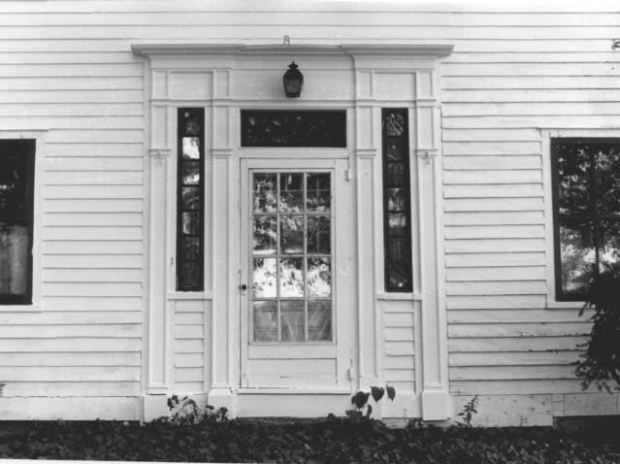In the southeast corner of the intersection of Routes 68 and 69 in Prospect lies the community’s historic town green. Listed on the National Register of Historic Places in June of 2000, the Prospect Green Historic District contains 16 buildings, sites, and objects that include churches as well as a police station, volunteer fire station, grange, and Civil War monument. The historic protection came because the National Park Service recognized the important role the Prospect Green played in serving the community for over 200 years.
Toward the end of the 18th century, residents around modern-day Prospect sought authorization to erect their own parish in order to avoid long weekly trips to churches in Cheshire and Waterbury. Upon receiving approval in 1778, residents chose the highest inhabited elevation in New Haven County as the site for their new Congregational Church. Though fire destroyed the original church building in 1906 and its replacement in 1941, the Congregational Church sparked development in the area of the modern town green and has remained a staple of the community throughout its evolution.
The town green took on its more modern form thanks to the generosity of the local Tuttle family. After donating funds for the construction of a new library in 1905, the family also paid to have the grounds around the library landscaped. This area slowly evolved into the historic green protected by the Park Service today.
Two years after the completion of the Tuttle Library came the town’s Civil War Monument. Standing 16½ feet high, the memorial is representative of the Neo-Classical Revival style that spread across the country in the wake of the World Columbian Exposition in 1893. The town received partial funding for the monument from the state in recognition of the 75 men from Prospect who served in the Civil War—these men represented more than half the voting population of the entire town at the time. In front of the monument is a granite stele, dedicated in 1977, honoring Prospect’s veterans of World War II, Korea, and Vietnam.
At 21 Center Street is the oldest structure on the green: a home dating back to 1841 and built in the Greek Revival style. This house is complemented by numerous structures built from the time of World War II in the popular Colonial Revival style and by more modern buildings like the Prospect Public Library. The diverse architectural styles found on the Prospect Green are significant for the ways they demonstrate changing American tastes over time. Thus, they provide a physical timeline that historians utilize to better understand the evolution of architecture and community life in Connecticut—and across the country.









